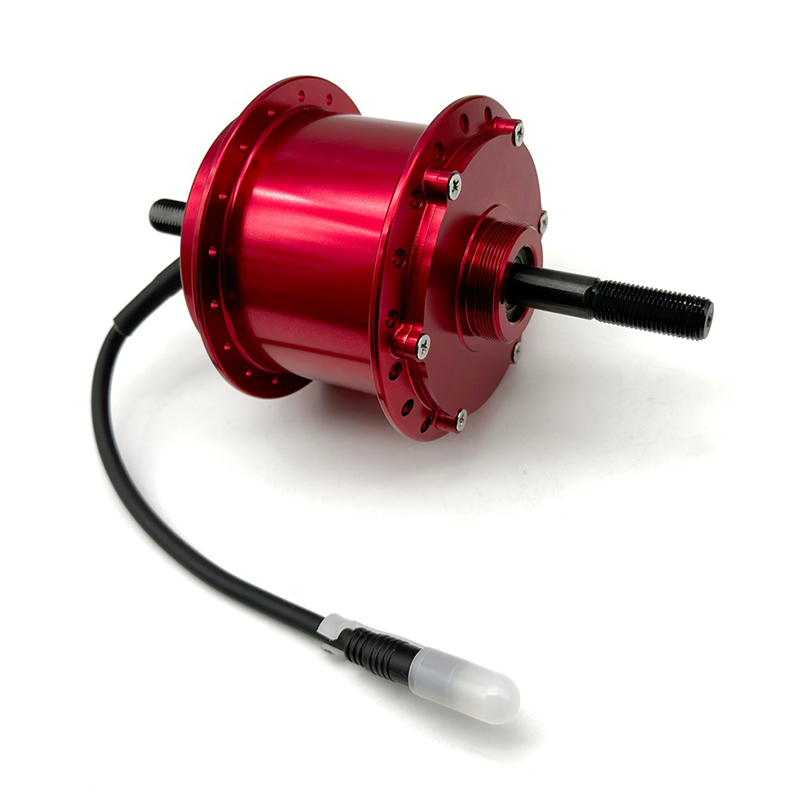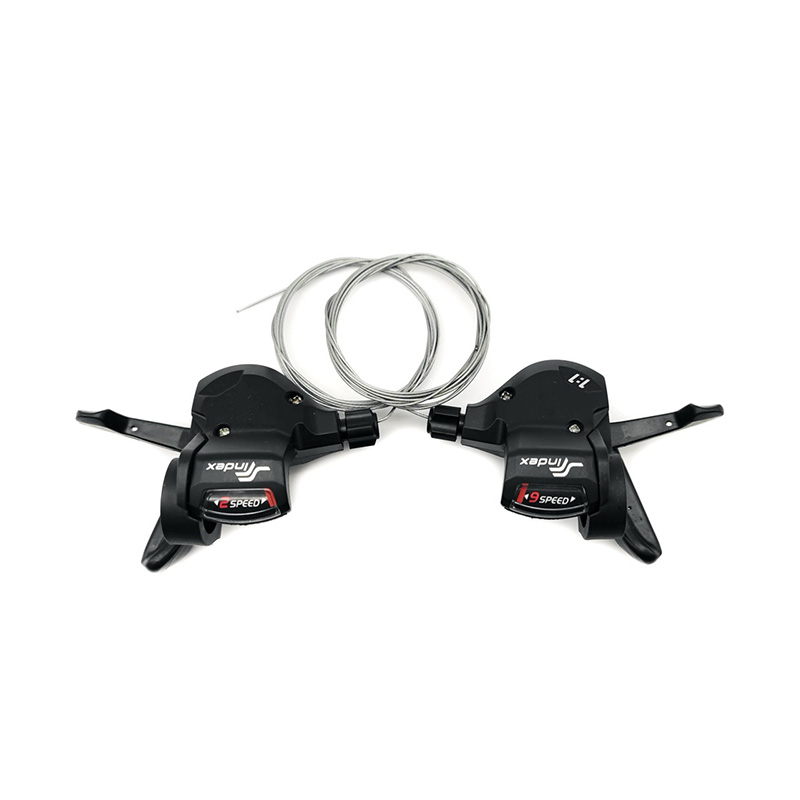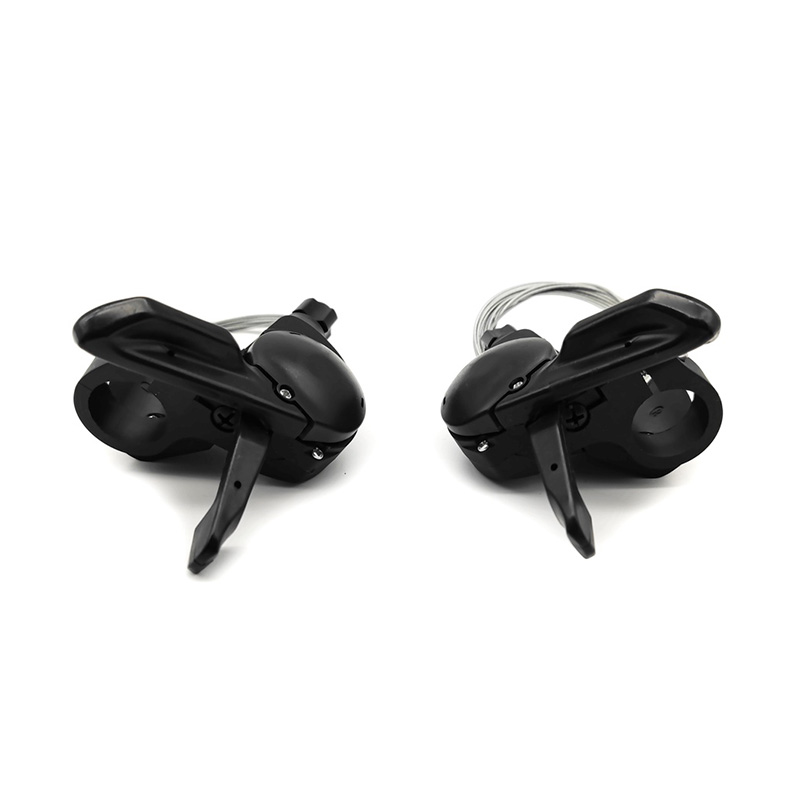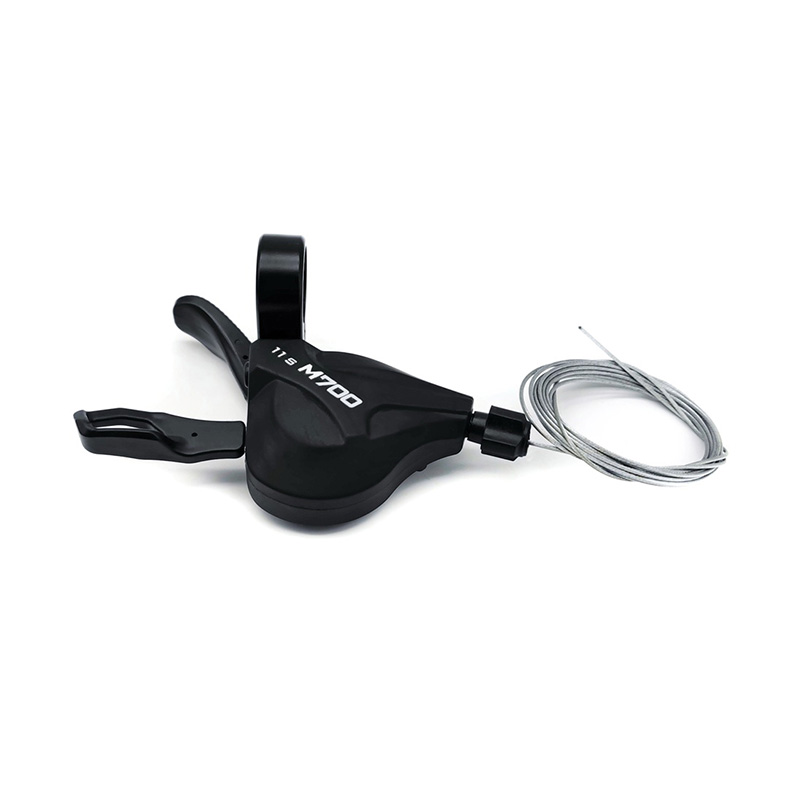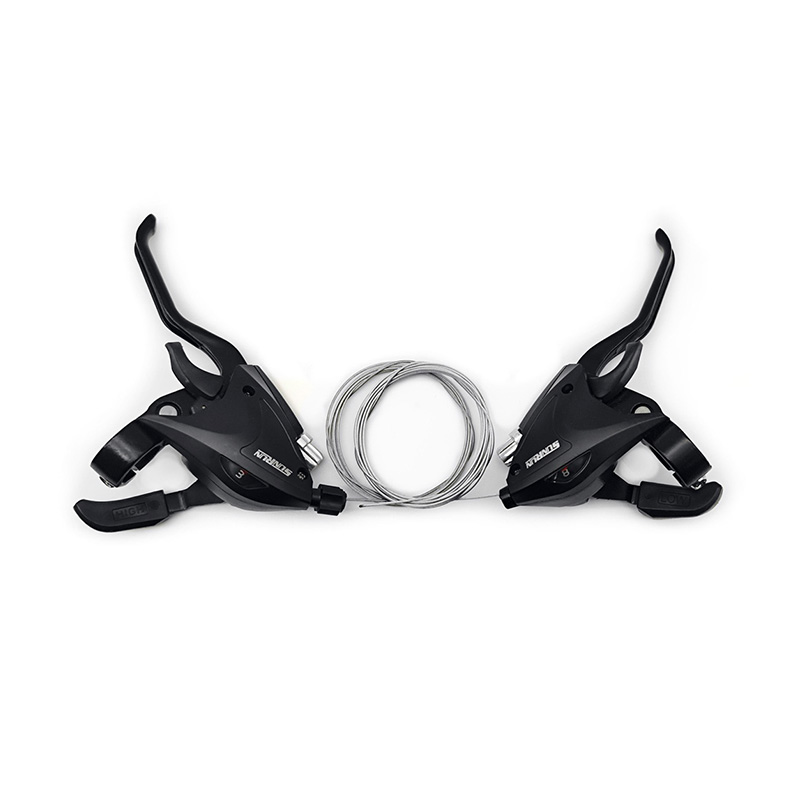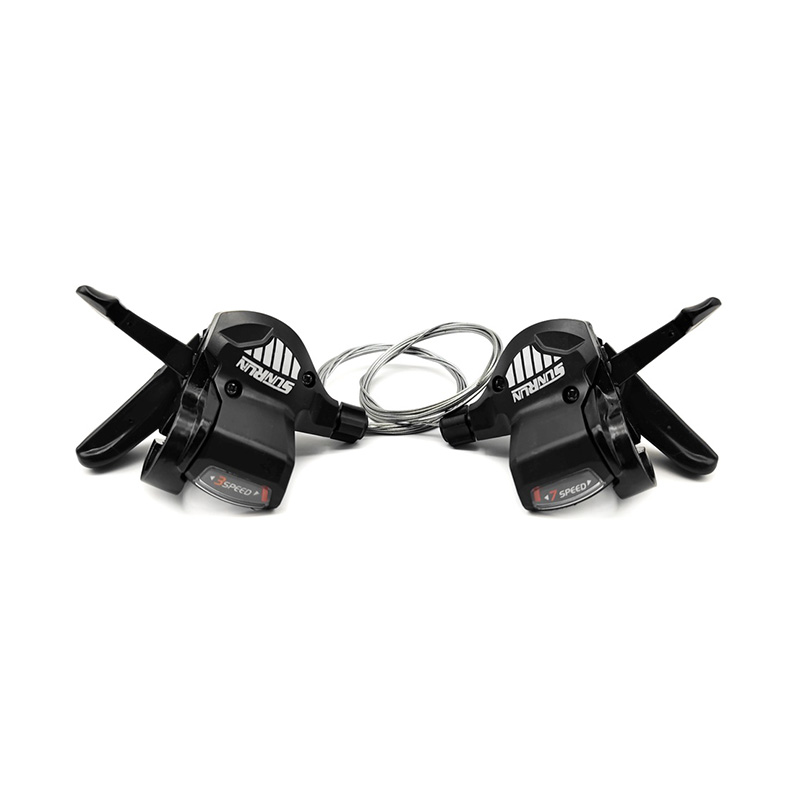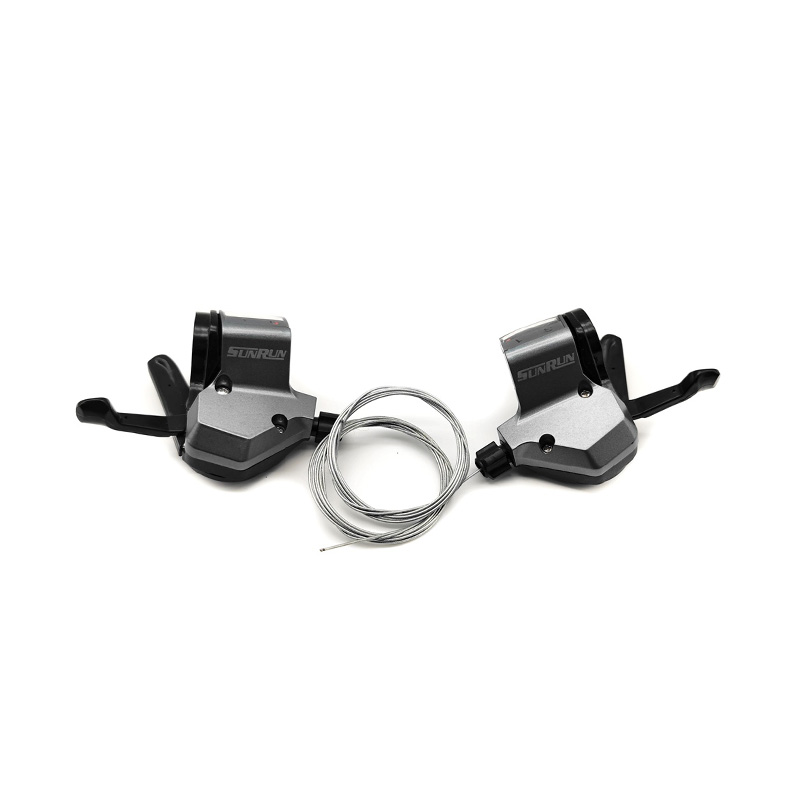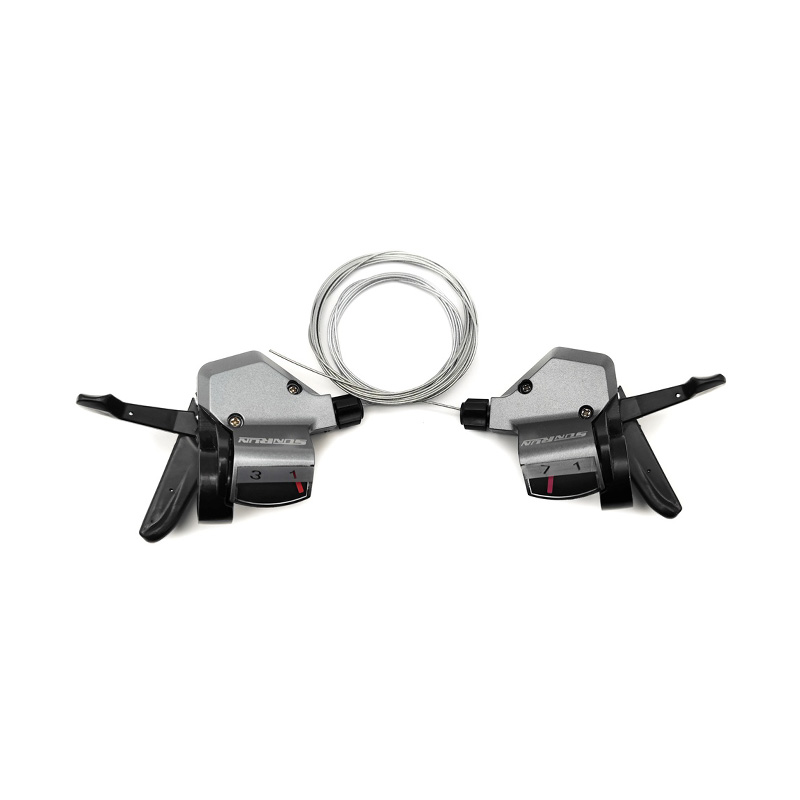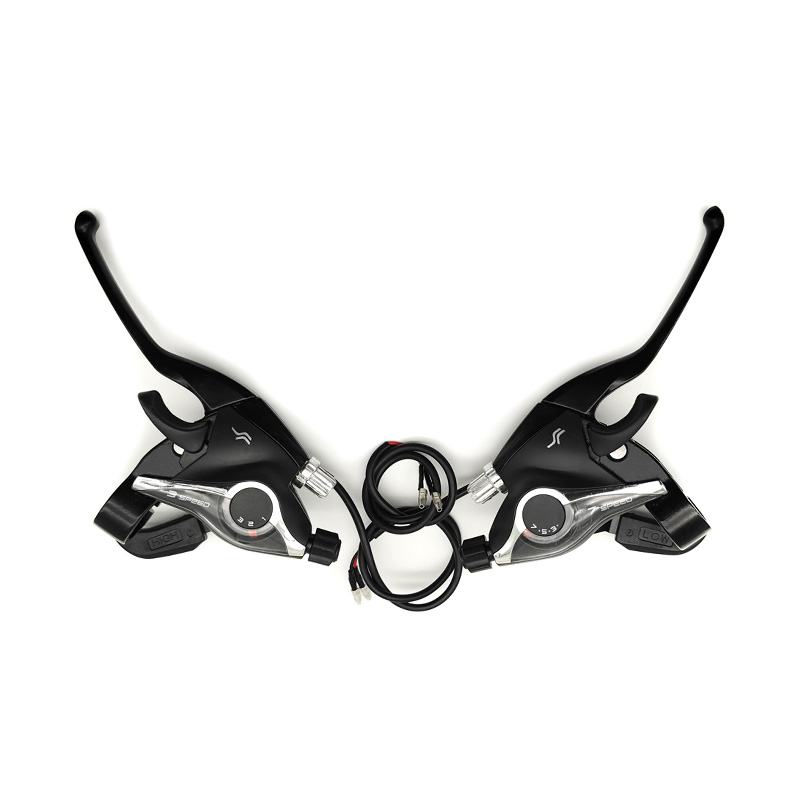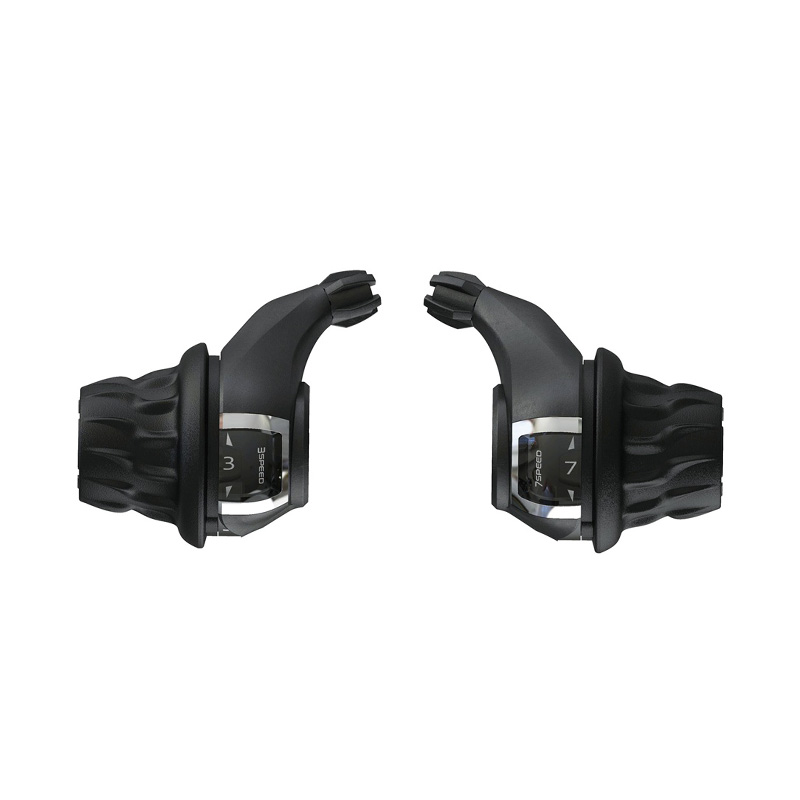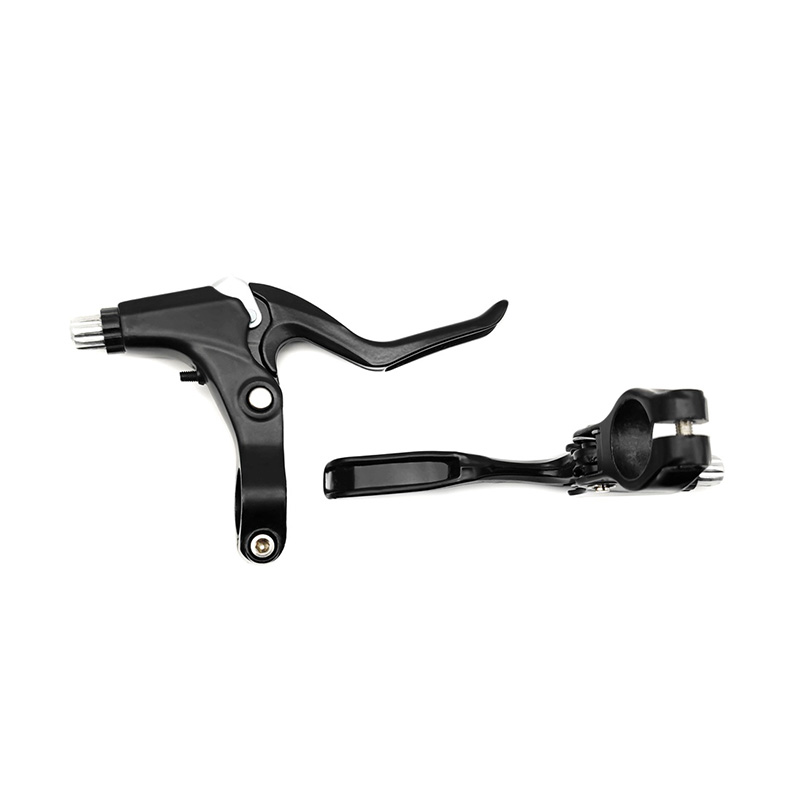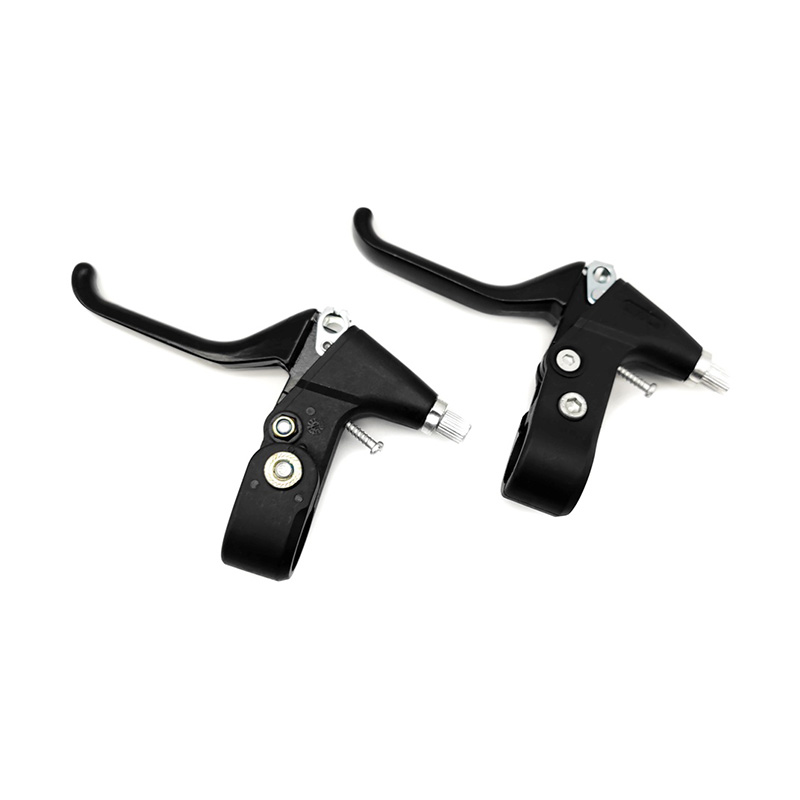Proper maintenance of bicycle hubs with sealed bearings is the key to ensuring their long-term stable operation. Although the design of sealed bearings can effectively prevent the intrusion of dust and moisture, they still need regular maintenance to avoid premature wear or damage. The following are detailed maintenance methods and precautions.
The hub will accumulate dust, sand and oil during riding, and these impurities may penetrate the seal ring and affect the performance of the bearing. When cleaning, you should use a soft brush or damp cloth to gently wipe the surface of the hub, and avoid direct washing with a high-pressure water gun to avoid damaging the sealing structure. If the dirt is stubborn, you can use a neutral bicycle detergent with warm water to clean it, and then be sure to wipe it thoroughly to prevent residual moisture from causing rust on the bearing.
Manually rotate the wheel regularly to check whether the hub rotates smoothly. If it feels stuck, there is an abnormal sound, or it is obviously loose, it may be that the bearing is not lubricated enough, impurities have entered, or it has worn out. At the same time, observe whether the seal ring has cracks or deformations. If damage is found, it should be handled in time to avoid further deterioration.
Bearing lubrication is the core link of maintenance. For daily maintenance, apply a small amount of waterproof grease (such as lithium grease) to the edge of the seal ring and rotate the wheel hub to allow it to penetrate inside. For deep maintenance (recommended every 1-2 years or 5,000 kilometers of riding), disassemble the bearing, remove the old grease, check whether the ball or raceway is worn, and then reapply an appropriate amount of grease (fill 30%~50% of the bearing space). Avoid using too much grease, otherwise it may cause increased resistance.
Reduce high-pressure water washing of the wheel hub to prevent moisture from penetrating into the bearing. Try to avoid overloading or strong impact when riding to prevent the bearing from being subjected to excessive pressure. In addition, check the spoke tension regularly to ensure that the wheel hub is evenly stressed to prevent additional wear on the bearing due to loose spokes.
If the bicycle is parked for a long time, it should be stored in a dry environment and the wheel hub should be rotated regularly to prevent the grease from solidifying or the bearing from rusting. In a humid environment, the lubrication frequency can be appropriately increased.
If the wheel hub shakes significantly, the abnormal sound persists, or the seal ring is damaged and mud and sand enter, even lubrication cannot restore smoothness, then the bearing needs to be replaced. High-quality sealed bearings can last tens of thousands of kilometers if well maintained, but competitive riding or harsh environments may shorten their life and require more frequent inspections.

 中文简体
中文简体 English
English
